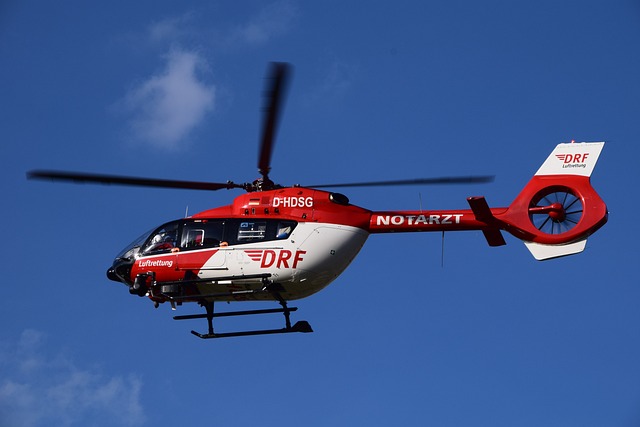Urban explorers are captivated by aerial city views, particularly in iconic destinations like Dubai, where attractions like the Burj Khalifa Helicopter Ride offer thrilling experiences. Soaring above the world's tallest building reveals hidden architectural wonders and inspires awe. This trend not only excites thrill-seekers but also fosters appreciation for urban planning. Safety is paramount, with strict regulations and advanced technology ensuring secure experiences, such as the renowned Burj Khalifa Helicopter Ride in Dubai. Aerial cinematography techniques transform ordinary sights into extraordinary spectacles. These perspectives have revolutionized urban design, influencing infrastructure and land use decisions. The legal framework ensures safety and competition in this burgeoning industry, while future innovations like drones and virtual reality promise even more immersive city exploration.
“Unleash a bird’s-eye view with aerial city views, a captivating perspective transforming urban landscapes. This article explores the allure of high-altitude experiences, particularly in Dubai, where the iconic Burj Khalifa stands as a symbol. We delve into the world of helicopter rides, their safety standards, and the impact on tourism. From navigating the skies to legal regulations, discover how aerial city views shape urban planning and beyond. Additionally, we gaze into the future with emerging technologies like drones and virtual reality, redefining our connection to the horizon, especially in the context of Dubai’s remarkable Burj Khalifa Helicopter Ride.”
- The Concept of Aerial City Views: A Unique Perspective
- Burj Khalifa: Iconic Landmark and World's Tallest Building
- Dubai's Sky-High Attractions and Tourism Boom
- Helicopter Ride Experience: Safety Measures and Precautions
- Navigating the Skies: Techniques for Stabilized Aerial Footage
- The Impact of Aerial City Views on Urban Planning and Design
- Legal and Regulatory Aspects: Who Controls the Skies?
- Future Trends: Drones, Virtual Reality, and Beyond
The Concept of Aerial City Views: A Unique Perspective
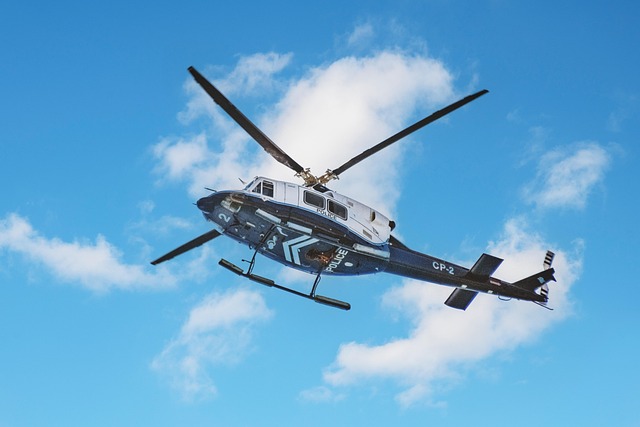
The concept of aerial city views offers a unique and exhilarating perspective on urban landscapes, allowing individuals to appreciate the intricate details and grandness of metropolitan areas from above. This innovative way of exploring cities has gained significant popularity, particularly in destinations known for their breathtaking skylines. One notable example is the Burj Khalifa Helicopter Ride in Dubai, which takes visitors on a thrilling journey through the skies, offering a panoramic view of one of the world’s most iconic buildings and the surrounding metropolis.
Aerial city views provide a fresh outlook, revealing hidden gems and architectural marvels that often go unnoticed from street level. This experience empowers individuals to witness the true magnitude and interconnectedness of urban structures, fostering a sense of awe and appreciation for urban planning and design. With such thrilling options available, it’s no wonder more people are choosing to explore cities from this bird’s-eye perspective.
Burj Khalifa: Iconic Landmark and World's Tallest Building
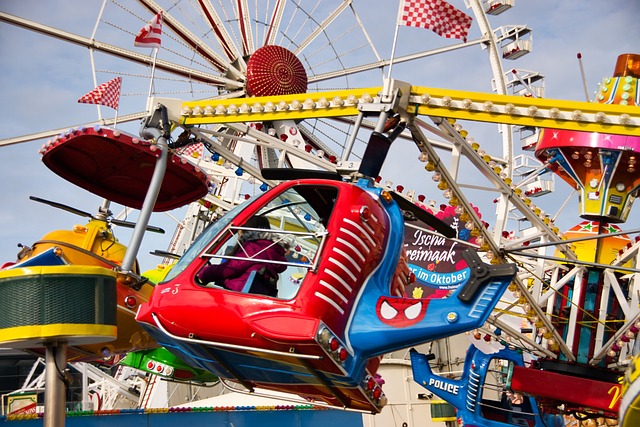
The Burj Khalifa, towering over the skyline of Dubai, is an iconic landmark and a testament to modern architecture and engineering prowess. As the world’s tallest building, it offers a spectacle that is both breathtaking and unparalleled. A Burj Khalifa helicopter ride provides visitors with a unique perspective of this architectural marvel from above. The view includes stunning panoramas of the city’s bustling metropolis, lush man-made islands, and the Arabian Gulf.
This extraordinary structure, standing at over 800 meters tall, is more than just a tourist attraction; it’s a symbol of Dubai’s ambition and growth. A helicopter tour allows visitors to truly appreciate the magnitude and complexity of the building, seeing intricate details that are often missed from ground level. It offers an unparalleled experience, leaving a lasting impression on those fortunate enough to soar above this remarkable landmark.
Dubai's Sky-High Attractions and Tourism Boom
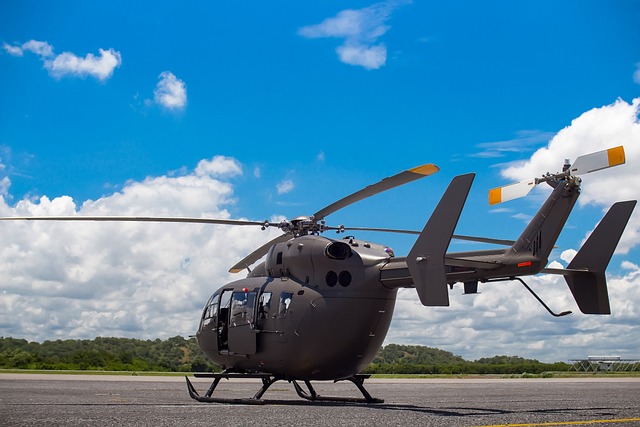
Dubai, known for its ambitious architecture and innovative urban planning, has become a global tourism hub in large part due to its spectacular aerial city views. One of the most iconic attractions is the Burj Khalifa, the world’s tallest building, offering visitors an unparalleled perspective of the city from its observation decks and rooftop restaurants. However, it’s not just static views that draw crowds; Dubai also provides once-in-a-lifetime experiences like a helicopter ride over the Burj Khalifa itself. This exhilarating adventure allows tourists to take in the breathtaking panorama of the city sprawled beneath them, capturing memories that seem almost surreal.
The tourism boom in Dubai isn’t just about architectural marvels though; it’s fueled by the diverse range of attractions that cater to every interest. From luxurious shopping malls and world-class amusement parks to stunning beaches and desert safaris, visitors are treated to a vibrant mix of modern urban life and traditional Arabian culture. The combination of these unique experiences, coupled with the awe-inspiring aerial views, makes Dubai a must-visit destination for travelers seeking not just scenic beauty but also memorable adventures.
Helicopter Ride Experience: Safety Measures and Precautions
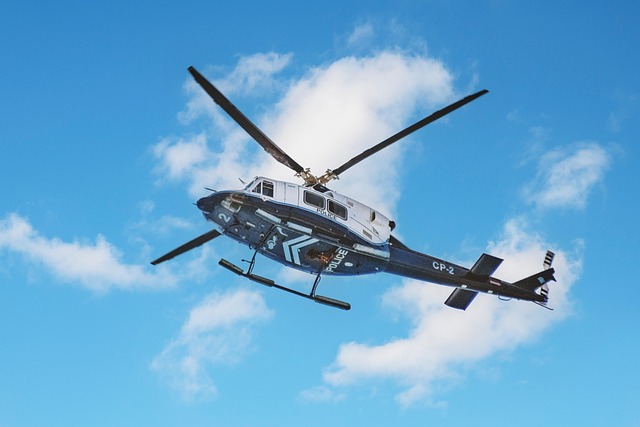
Taking a helicopter ride offers an unparalleled perspective on urban landscapes, especially iconic structures like the Burj Khalifa in Dubai. However, for such an experience to be truly memorable and safe, strict safety measures are in place. Companies providing aerial tours adhere to stringent regulations, ensuring every aspect of the flight is secure. From pre-flight checks to maintaining open lines of communication with passengers, these measures prioritize everyone’s well-being.
For instance, the Burj Khalifa Helicopter Ride Dubai operates under rigorous standards, employing highly trained pilots who are equipped to handle various scenarios. Passengers are provided with comprehensive safety briefings before takeoff, outlining emergency procedures and expected behaviors. Additionally, state-of-the-art helicopters designed for such tours offer robust safety features, including advanced navigation systems and redundant safety mechanisms, guaranteeing a secure and exhilarating journey above the city skyline.
Navigating the Skies: Techniques for Stabilized Aerial Footage
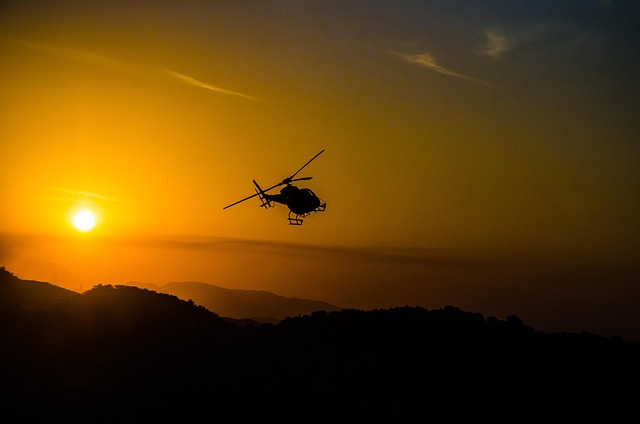
Navigating the skies has become an art in the realm of aerial city views, offering a unique perspective that was once unimaginable. Techniques for stabilized aerial footage have revolutionized how we capture and experience urban landscapes. One of the most exhilarating ways to achieve this is through helicopter rides, providing a dynamic and immersive experience. The iconic Burj Khalifa Helicopter Ride in Dubai, for instance, takes visitors on a journey above the world’s tallest building, offering breathtaking vistas that dance before your eyes.
Stabilized aerial cinematography involves sophisticated gear and expert pilots who masterfully guide aircraft, ensuring smooth footage despite the constant movement. This technology has opened doors to showcasing cities’ intricate details, from the majestic arches of their bridges to the sprawling networks of roads below. It allows us to explore urban landscapes in a whole new light, transforming ordinary sights into extraordinary spectacles.
The Impact of Aerial City Views on Urban Planning and Design

Aerial city views have transformed urban planning and design, offering a fresh perspective on metropolitan landscapes. The experience of soaring above a bustling metropolis, as seen during a Burj Khalifa Helicopter Ride in Dubai, highlights the intricate details and grand scale of city infrastructure. This unique vantage point allows planners and designers to assess the overall layout, identify areas for improvement, and envision future growth.
By analyzing aerial views, urban planners can make more informed decisions about land use, transportation networks, and green spaces. It enables them to see how a city functions as a whole, identifying congestion points, underutilized areas, and potential locations for sustainable development. This innovative approach to planning has led to the creation of more efficient, aesthetically pleasing, and livable urban environments, setting new standards in modern architecture and design.
Legal and Regulatory Aspects: Who Controls the Skies?
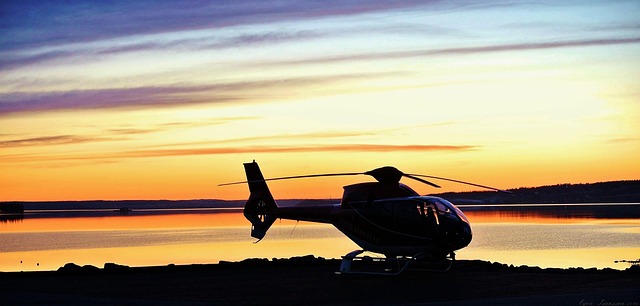
The legal and regulatory landscape surrounding aerial city views is complex, with various entities controlling different aspects of the skies. In many countries, including the United Arab Emirates (UAE), aviation and airspace management are governed by specialized authorities. The General Civil Aviation Authority (GCAA) in the UAE oversees civil aviation activities, ensuring safety and security for all airborne operations. This includes regulating commercial helicopter rides like those offered at iconic landmarks such as the Burj Khalifa in Dubai.
When it comes to aerial tours, operators must adhere to strict guidelines regarding flight paths, noise pollution, and passenger safety. The GCAA’s regulations also cover aircraft maintenance, pilot licensing, and emergency response procedures. For instance, a company offering helicopter rides over Dubai’s skyline would need specific approvals for their operations, ensuring they meet the high standards set by the authority, particularly when competing with other attractions like the Burj Khalifa Helicopter Ride.
Future Trends: Drones, Virtual Reality, and Beyond
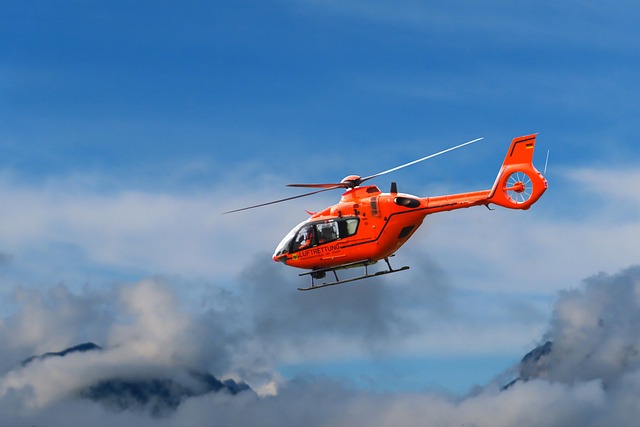
The future of aerial city views is set to be transformed by innovative technologies, offering unprecedented access and experiences for urban explorers. One such game-changer is the rise of drones, which have already started providing breathtaking perspectives from high altitudes. Advanced drone models can capture detailed images and videos, enabling us to see cities like never before. For example, Dubai has become a hotbed for drone activities, with iconic structures like the Burj Khalifa offering helicopter rides that give visitors a bird’s-eye view of the metropolis.
Beyond drones, virtual reality (VR) is set to play a significant role in shaping our interaction with urban landscapes. VR technology allows users to virtually walk through cities, experience different viewpoints, and even time travel to see how cities have evolved over the years. This immersive experience can be particularly captivating for tourists and residents alike, providing an alternative way to explore and appreciate the beauty of urban architecture.
Aerial city views have transformed how we perceive urban landscapes, with iconic structures like the Burj Khalifa in Dubai setting new standards. From helicopter rides offering breathtaking experiences to advancements in stabilization techniques and innovative uses in urban planning, the impact is profound. As technology evolves, drones, virtual reality, and beyond promise even more captivating insights from above. For visitors and residents alike, exploring these dynamic vistas enriches our connection to both city and sky, ensuring Dubai remains at the forefront of this revolutionary trend.
